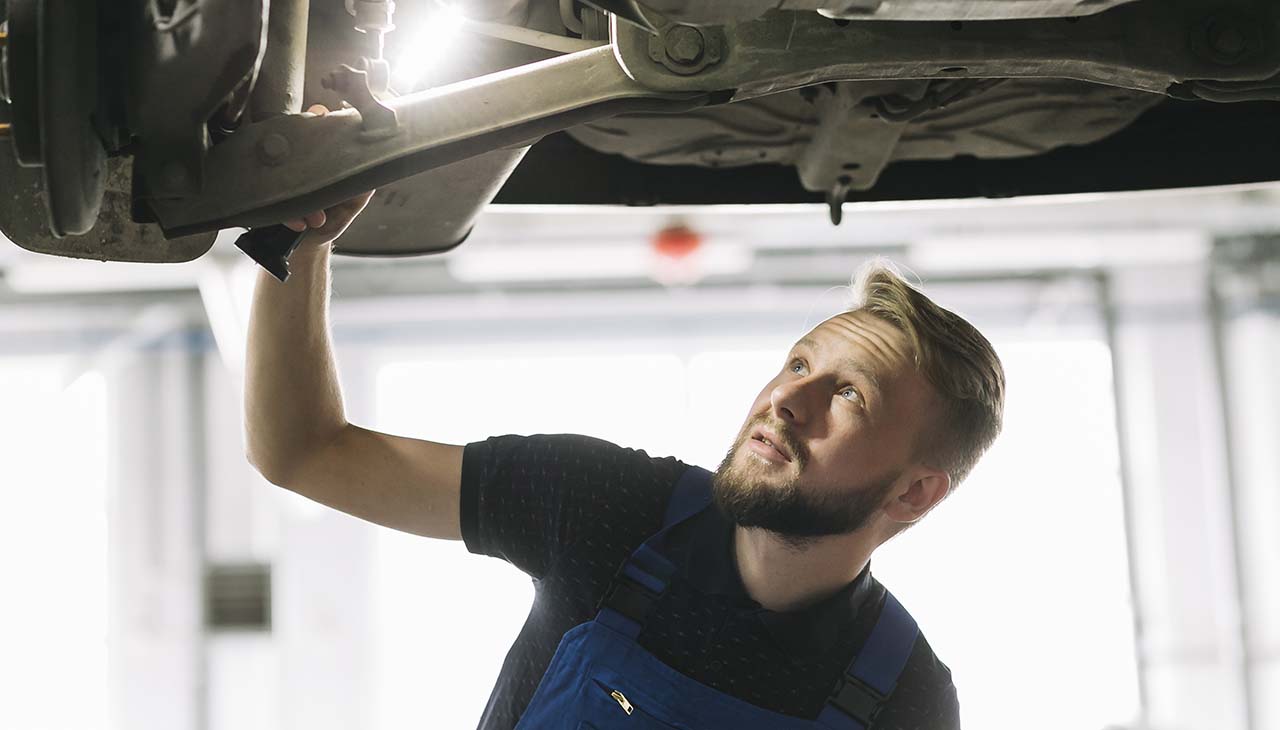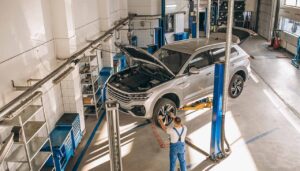Introduction
Routine car maintenance is more than just a necessary chore—it’s an essential practice for ensuring your vehicle’s performance, safety, and longevity. Whether you’re a seasoned DIY enthusiast or a beginner, understanding how to care for your car can save you money, prevent breakdowns, and extend the life of your vehicle. This guide will walk you through the basics of car maintenance, offer practical tips, and highlight the importance of regular check-ups. So, let’s dive in and keep those engines purring!
Chapter 1: Understanding the Basics of Car Maintenance
Essential Car Components and Their Functions
To effectively maintain your car, it’s important to understand the key components and their roles:
- Engine: The heart of your car, converting fuel into mechanical energy.
- Transmission: Transfers power from the engine to the wheels.
- Brakes: Essential for safety, allowing you to slow down or stop.
- Tires: The only part of the car in contact with the road, crucial for traction and handling.
- Battery: Powers the electrical systems and starts the engine.
- Fluids: Includes engine oil, coolant, brake fluid, transmission fluid, and more, each playing a vital role in the vehicle’s operation.
The Importance of Regular Inspections
Routine inspections help identify potential issues before they become serious problems. Regularly checking fluids, brakes, tires, and other critical components can prevent costly repairs and ensure your car runs smoothly.
Chapter 2: DIY Maintenance Tips for Car Owners
Oil Change: When and How to Do It
Changing your car’s oil is one of the most important maintenance tasks:
- Frequency: Typically every 3,000 to 5,000 miles, but refer to your owner’s manual.
- Steps: Drain the old oil, replace the oil filter, and add the recommended type and amount of new oil.
Air Filter Replacement: Keeping Your Engine Clean
A clean air filter ensures your engine gets the air it needs for combustion:
- Frequency: Check every 12,000 to 15,000 miles.
- Steps: Locate the air filter box, remove the old filter, and insert a new one.
Checking and Maintaining Tire Pressure
Proper tire pressure is crucial for safety and fuel efficiency:
- Frequency: Check monthly and before long trips.
- Steps: Use a tire pressure gauge to check the psi and inflate or deflate as needed.
Chapter 3: Seasonal Maintenance Checklist
Preparing Your Car for Winter and Summer
Different seasons require specific maintenance actions:
- Winter: Check antifreeze levels, inspect the battery, and consider winter tires.
- Summer: Ensure the air conditioning works, check coolant levels, and inspect the tires for wear.
Special Considerations for Rainy and Hot Weather
- Rainy Weather: Ensure windshield wipers are in good condition and check tire tread for adequate grip.
- Hot Weather: Regularly check coolant levels and monitor for overheating.
Chapter 4: Signs Your Car Needs Immediate Attention
Identifying Common Warning Signs of Potential Issues
Recognizing these signs early can prevent major problems:
- Unusual Noises: Squealing brakes, grinding gears, or knocking sounds.
- Warning Lights: Pay attention to the check engine light and other dashboard indicators.
- Leaks: Puddles of fluid under your car can indicate issues with oil, coolant, or transmission fluid.
The Importance of Addressing Problems Early
Ignoring warning signs can lead to more severe damage and costly repairs. Prompt attention to potential issues ensures your vehicle remains safe and reliable.
Chapter 5: Tools Every Car Owner Should Have for Basic Maintenance
Must-Have Tools for DIY Maintenance Tasks
Investing in a few essential tools can make maintenance tasks easier:
- Socket Set: For various nuts and bolts.
- Jack and Jack Stands: For safely lifting the car.
- Tire Pressure Gauge: To maintain optimal tire pressure.
- Oil Filter Wrench: For easy oil changes.
- Funnel: For adding fluids without spills.
Safety Tips and Best Practices for At-Home Maintenance
Safety is paramount when performing DIY maintenance:
- Work on a Flat Surface: Prevents the car from rolling.
- Use Proper Lifting Techniques: Always use a jack and jack stands.
- Wear Protective Gear: Gloves and safety glasses protect against injuries.
- Follow Manufacturer Guidelines: Refer to your owner’s manual for specific instructions.
Conclusion
Routine car maintenance is a critical aspect of vehicle ownership. By understanding the basics, performing regular checks, and addressing issues early, you can keep your car running smoothly and efficiently. Remember, while DIY maintenance can be cost-effective and rewarding, complex problems should always be handled by professionals. Make maintenance a priority, and enjoy the peace of mind that comes with knowing your vehicle is in top condition.
Take the first step towards better car care today—your vehicle will thank you!










+ There are no comments
Add yours